
Enjoy your Lightswing® right away
So you have time to think about it
We'll prepare your order the same day

Enjoy your Lightswing® right away
So you have time to think about it
We'll prepare your order the same day
At Lightswing®, we believe in design with impact. Not just on your interior, but also on the world around us. That’s why we make conscious choices from materials to packaging and transport.
Sustainability is all about balance: between people, the environment, and the economy. Or, as it’s often put: People, Planet, Profit. At Lightswing®, we don’t translate this into empty words, but into real choices. We look for sustainable solutions that fit within our design DNA without compromising on quality, style, or experience.
Lightswing® contributes to a more sustainable world by making conscious choices at every step. The Lightswing® itself is 100% recyclable, our packaging is completely free of plastic and made from FSC-certified cardboard, and each Lightswing® is delivered in a reusable black fabric sleeve.
The shipment of the Lightswing® ensures less CO2 emissions than faster, but less sustainable alternatives.
Want more bright updates on design and sustainability? Sign up for our monthly newsletter and discover how small changes can light up the bigger picture.

Unboxing your Lightswing® should feel just as refined as the product itself. That’s why we’ve completely reimagined the way we package it. Where you once found small pieces of plastic, you’ll now see FSC-certified cardboard boxes protecting the mounting ring and cover plates. And the Lightswing® itself? It comes neatly wrapped in a sleek black fabric sleeve.
This sleeve not only protects your Lightswing® during transport it’s designed to be kept and reused. Perfect, for example, to store cables neatly or to keep your tools together. A small but smart detail that makes the Lightswing® experience even more sustainable.
Lightswing® products are transported to the Netherlands by sea. This takes a little longer than air or road transport, but it significantly reduces CO₂ emissions. With smart planning and careful stock management, we make sure there are always enough Lightswings® available so you can enjoy your order without unnecessary waiting.
In both old and new homes, ceiling ornaments or rosettes are common and often positioned in the center of the room, making them ideal for hanging a beautiful pendant lamp. However, what if the center isn’t where you want your lamp to hang? No worries! The Lightswing® suspension system allows you to hang your lamp adjacent to the ornament without any dangling cables or messy finishes, preserving the neat appearance of your space.
Love timeless tips for stylish interiors? Get monthly inspiration delivered straight to your inbox—real homes, smart solutions, and a touch of design magic.
Securing the Lightswing®:
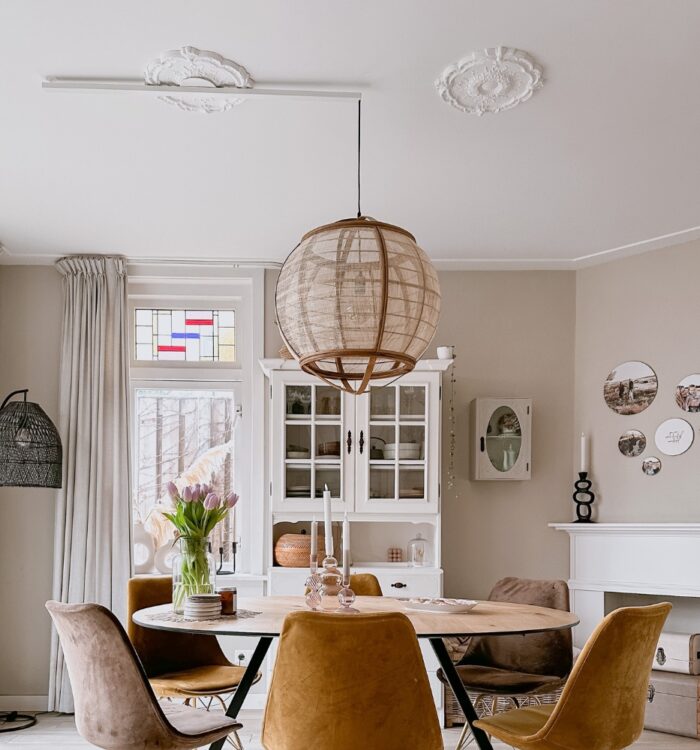
Ornamental focus: A ceiling ornament enhances a room with a touch of classic and romantic aesthetics. By utilizing the Lightswing® to hang a pendant light, you not only spotlight this ornamental feature but also blend traditional charm with contemporary design, creating a luxurious focal point that commands attention.
Versatile placement:
Aesthetic and practical benefits:
Explore the possibilities with Lightswing® and learn how effortlessly you can enhance your room’s design while focusing on functionality. Whether it’s spotlighting an antique rosette or optimizing light placement in your living space, the Lightswing® offers a sophisticated solution to interior lighting challenges.
Beautiful, isn’t it? Lots of natural light in the living room or dining room through that beautiful skylight. During the summer, a skylight brings in additional light to spaces. In contrast, during autumn and winter, a skylight becomes a nice addition. However, during this period there is significantly less natural light entering the interior. It would be beneficial to have an additional light source in this area during these seasons. But how can you conveniently install a lamp in this location?

The obvious solution is to place a lamp on the ceiling, just next to the skylight. That is certainly possible, but when your dining table is exactly in the middle under the skylight, that lamp does not hang directly above it.
And how nice would it be if you could just hang the pendant lamp nicely in the middle, without having to put a lot of effort into it?
Want more bright ideas for your home? Get our monthly dose of inspiration and smart lighting tips straight to your inbox.
Hanging your lamp under a skylight is easy with the Lightswing®. With the Lightswing® suspension system for lamps, you are a lot less dependent on the original location of the light point. In addition, you create many more possibilities to hang lamps, where there is currently no light point. Like under the skylight, for example.
The flexible suspension system connects you to the current light point on your ceiling. You attach the pendant light to the end of the Lightswing®, so you can move it to another place later. Depending on which Lightswing® you choose, your pendant light can be moved up to 93 cm from this attachment point. The system is attached to the ceiling at one point and can also rotate and slide freely so, you can also slide the lamp to a place where there is no ceiling above.
The Lightswing® suspension system can be used with one or two pendant lights. In addition, you can choose from 3 colours and 2 lengths. Curious about where else a Lightswing® can come in handy? Visit our inspiration page and find out!
Hang a pendant light in seconds. This is possible with the Lightswing® on your ceiling. Huh? Yes, really! You’ll never be messing around in the air hanging a lamp again. And that saves time and annoying situations.
After the Lightswing® hangs, attach the lamp to the Quick Release. This Quick Release is an intermediate piece that you can easily click into the Lightswing®. And as the name ‘Quick’ says, attaching your lamp to the Lightswing® is nice and fast. Handy, right?

First things first. To be able to hang a lamp without difficulty, it is useful to attach a Lightswing® to your ceiling. Then you can use this hanging system for pendant lights – with one click! – hang a new lamp. Curious how that works exactly? Read on!
Want more step-by-step tips to make lighting easier? Get our monthly bright ideas deliverd straight to you.
You can ‘mount’ your lamp to the Quick Release while sitting at the kitchen table. That saves fumbling on the stairs with your hands full of tools. In the step-by-step plan below you can read how attaching the lamp to the Quick Release works:
Watch the video ‘attaching a lamp cord to the Lightswing®‘ to see what the above steps look like.
Have you attached the lamp cord to the Quick Release? Beautiful! Then it’s time to hang your lamp on the Lightswing®. This time with a lamp, go up the stairs. Hassle with wires and screwdrivers is no longer an issue. You slide the Quick Release into the end of the Lightswing® and voilà: your lamp hangs!
Do you want to temporarily remove the lamp because it hangs in the way? That too is quickly done! Disconnect the Quick Release from the Lightswing® and store your lamp. Shop your Lightswing® now!
Want to see more clever hacks like this? Join our circle of bright thinkers and get monthly inspiration straight from Lightswing®.
I am text block. Click edit button to change this text. Lorem ipsum dolor sit amet, consectetur adipiscing elit. Ut elit tellus, luctus nec ullamcorper mattis, pulvinar dapibus leo.
During the assembly of the Lightswing® you must make a choice whether you use the mounting ring or not. Curious when you use or do not use the mounting ring when mounting the Lightswing®? We explain it to you in this blog.
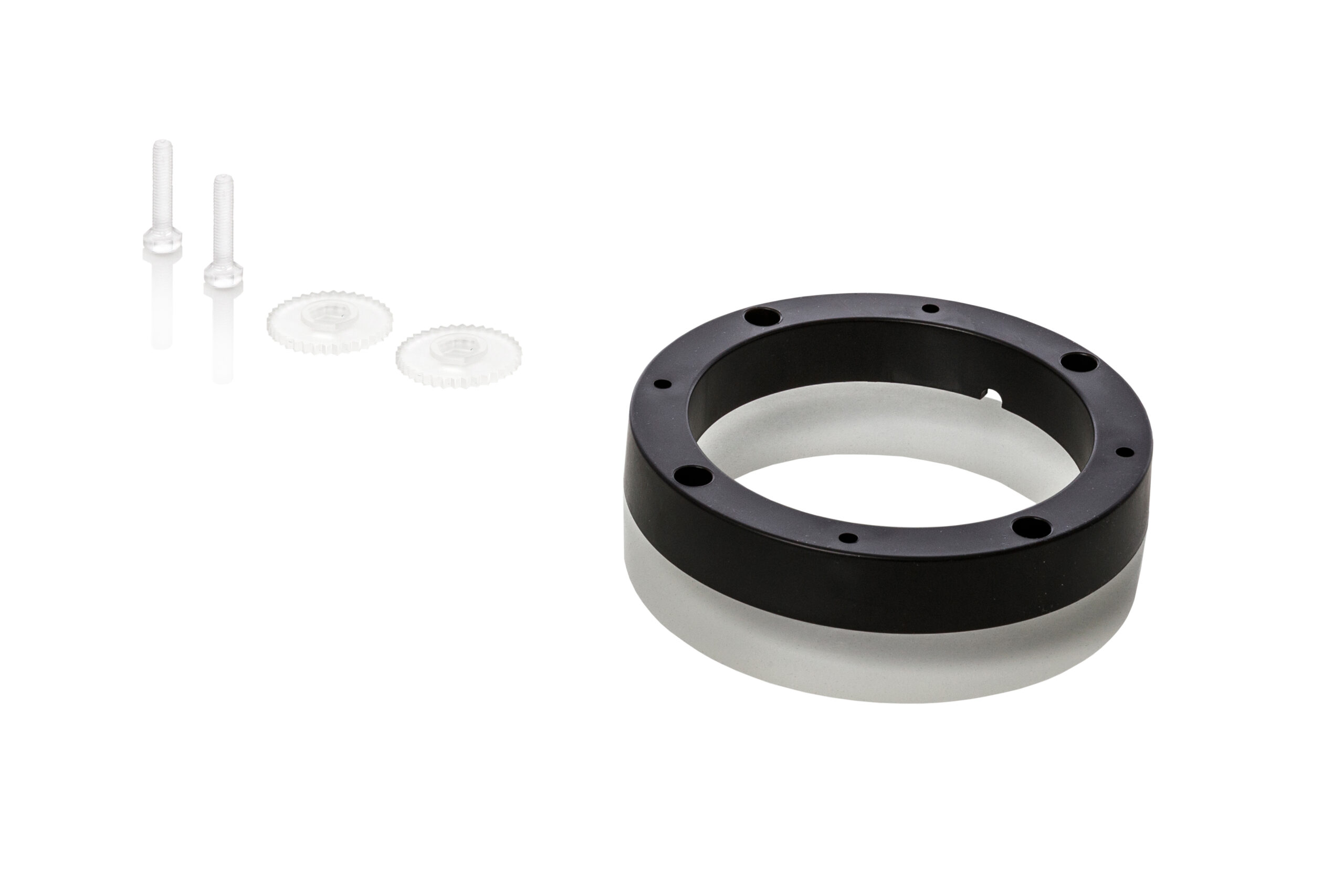
Mounting location of the Lightswing®
Whether or not you should use the mounting ring depends, among other things, on the place where you want to attach the Lightswing®.
Lightswing® over a central box
If you want to attach the Lightswing® to the place where the current central box is located, you do not need the mounting ring. The Lightswing® can be mounted tightly to the ceiling. The electricity cables and crown stones can easily be hidden in the central box.
Lightswing® over a cable from the ceiling
Do you not want to mount the Lightswing® suspension system over a central box, but on a separate electricity cable from your ceiling? Then you do need the mounting ring. The mounting ring is needed so that you can cleverly hide the cable from the ceiling. There is enough space for this in the mounting ring. You then screw the Lightswing® against the mounting ring.
Lightswing® anywhere
Do you mount the Lightswing® anywhere on your ceiling where there is no light connection yet? Even then, the mounting ring is needed. In the mounting ring there is a small recess that you can push out of the mounting ring. For example, you can pass an electrical wire through the mounting ring. Then connect the Lightswing® to the electricity cable and screw the suspension system to the mounting ring.
Want more smart installation tips and tricks? Get our monthly bright ideas straight to your inbox making mounting easier than ever.

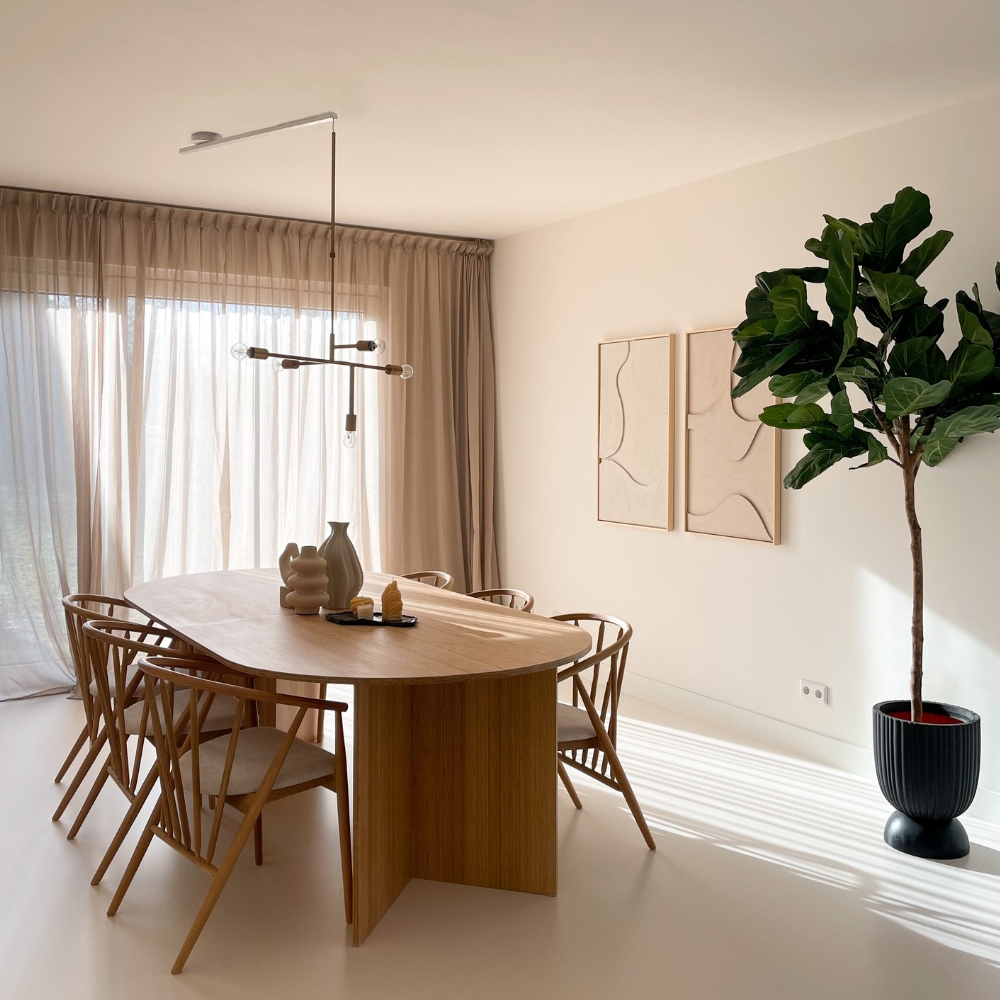
In addition to the mounting spot, it is also important to check whether your ceiling is straight and whether the finish of your ceiling lends itself to a Lightswing® without or with a mounting ring.
Straight ceiling
When you attach the Lightswing® to your ceiling without the mounting ring in between, the Lightswing® is tightly mounted against the ceiling. Does your ceiling slope a little bit or is your ceiling not completely straight here and there? This can cause the Lightswing® to not slide optimally. When you place the mounting ring between the ceiling and the Lightswing®, there is 2 cm between the Lightswing® and the ceiling. For example, it is not a problem if the ceiling is slightly uneven where the suspension system will hang.
Ceiling finish
Often ceilings are nice and sleek and evenly finished. With such a sleek finish, it is often not necessary to use the mounting ring. Depending on where you attach the Lightswing® of course. Do you have a packed ceiling at home? Then it can be nice to mount the Lightswing® with a mounting ring. This way you can be sure that the Lightswing® does not rub along your ceiling.
Whether or not to use the mounting ring depends on where you attach the Lightswing® and on the ceiling to which the system is attached. Would you like to know more about the Lightswing® mounting? Check out our assembly page.
Have you bought a new dining table pendant light and are you curious how high a pendant light should hang above the dining table? There is a rule of thumb for this, but the height of your dining table pendant light also depends on the type of pendant lamp and the size of the pendant lamp. We’ll tell you everything you need to know in this blog.
Want more bright lighting tips like this? Get a monthly spark of inspiration to make your interior shine.
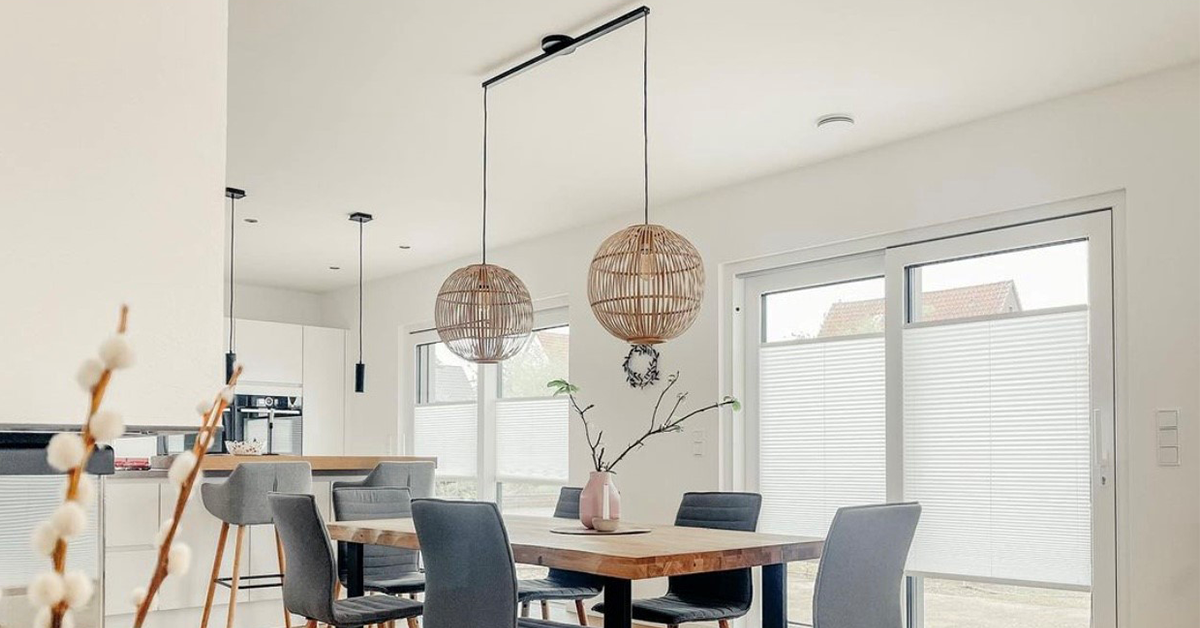
The height of the lamp is the most important thing to consider when hanging a pendant light above the dining table. The rule of thumb for a lamp above the table is 75 cm. The distance between the tabletop and the bottom of the lamp is 75 cm. However, this is not always the ideal height. Because what if the pendant lamp only illuminates a small part of the table? Or does the lamp not give good light at all, so you do not see what is on your plate in the evening?
First, make a conscious choice between an open or a closed lampshade. A pendant light above the table with an open lampshade provides atmospheric lighting throughout the room. That is ideal when you have a large kitchen. When you choose a closed lampshade, you can centre the light much better in one place. The light then shines on the kitchen table and less to the rest of the room. In this case, hang your lamp a little higher, so that you can illuminate a larger part of the table with the same lamp.
You can choose a pendant light in varied sizes, colours and shapes. How high you hang a pendant light above the dining table also depends on the size of the pendant light. Smaller pendant lights can often be hung a little lower above the table. That is, about 55 cm above the table. With larger lamps, it is wise to stick to the rule of thumb of 75 cm. Are you hanging multiple lamps above the dining table? Make sure the distance between the lamps is at least 80 cm.
Do you simply want to hang two pendant lights above the dining table? With the help of the Lightswing® suspension system you can easily hang two lamps above the table. Curious? Discover the Lightswing® now.
Curious which Lightswing® is suitable for your situation? In this blog we tell you which choices you must make so that you get the right Lightswing®!
Want more bright ideas to help you choose? Get our monthly spark of inspiration and tips straight from Lightswing®.
With the Lightswing® you can hang one, two, or even a bar-style pendant lamp.
If you’re going for a single pendant, the Lightswing® Single is the perfect fit.
Want two lamps above your table or kitchen island? Choose the Lightswing® Twin, and the bonus: you can also use it with just one lamp, allowing you to easily switch between setups.
Looking for a clean, fixed placement for a bar or linear light? Then the Lightswing® Zero is your go-to. It’s designed for centered lighting, without sacrificing style.
Lightswing® Single: suitable for one pendant lamp
Lightswing® Twin: suitable for one or two pendant lamps
Lightswing® Zero: suitable for bar or linear pendant lamps
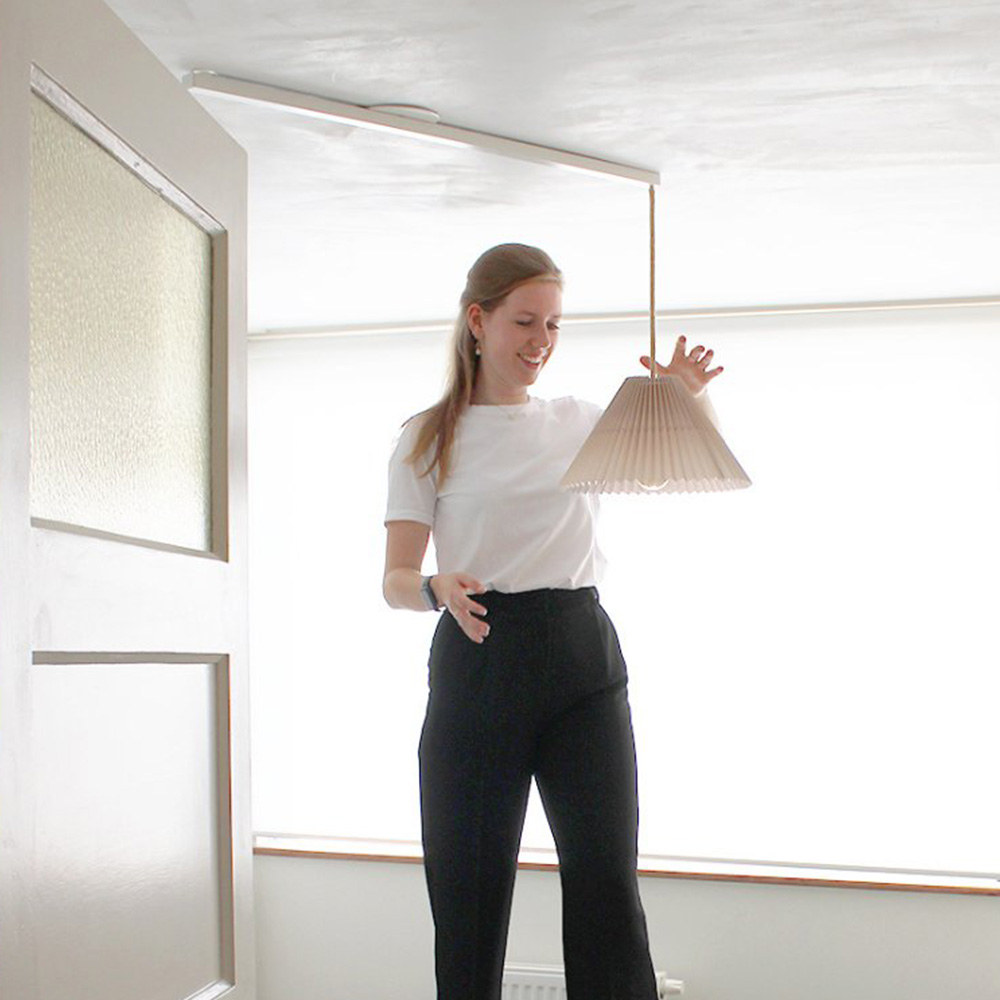
Do you want to move a lamp? With the Lightswing® you can easily slide a lamp to another place. Each Lightswing® in our collection has its own sliding range. So measure well in advance how far you want to be able to slide the pendant lights from the connection point. We have listed the sliding range per Lightswing® for you below.
You can attach a pendant light to both ends of the Lightswing® Twin. The distance between the pendant lights therefore depends on the Lightswing® length you choose. With the Lightswing® Twin 90cm, the lamps hang 90 cm apart. With the Lightswing® Twin 110 cm, the lamps hang 110 cm apart. How far the lamps should hang from each other depends of course on the size of the dining table or kitchen worktop.
When choosing the right Lightswing® colour, it is important that the colour of the Lightswing® fits well with the colour of the ceiling or with the colour of your pendant lights. We have listed the available colours of the Lightswing® below. Curious about which colour suits your interior type? Read it in the blog about the Lightswing® colours.
So, first, decide how many lights you want to hang on the Lightswing®. Then choose the right length. And finally, decide which colour you want. Easy, right?
Ready to find your perfect Lightswing®? Discover the collection and shop your match today.
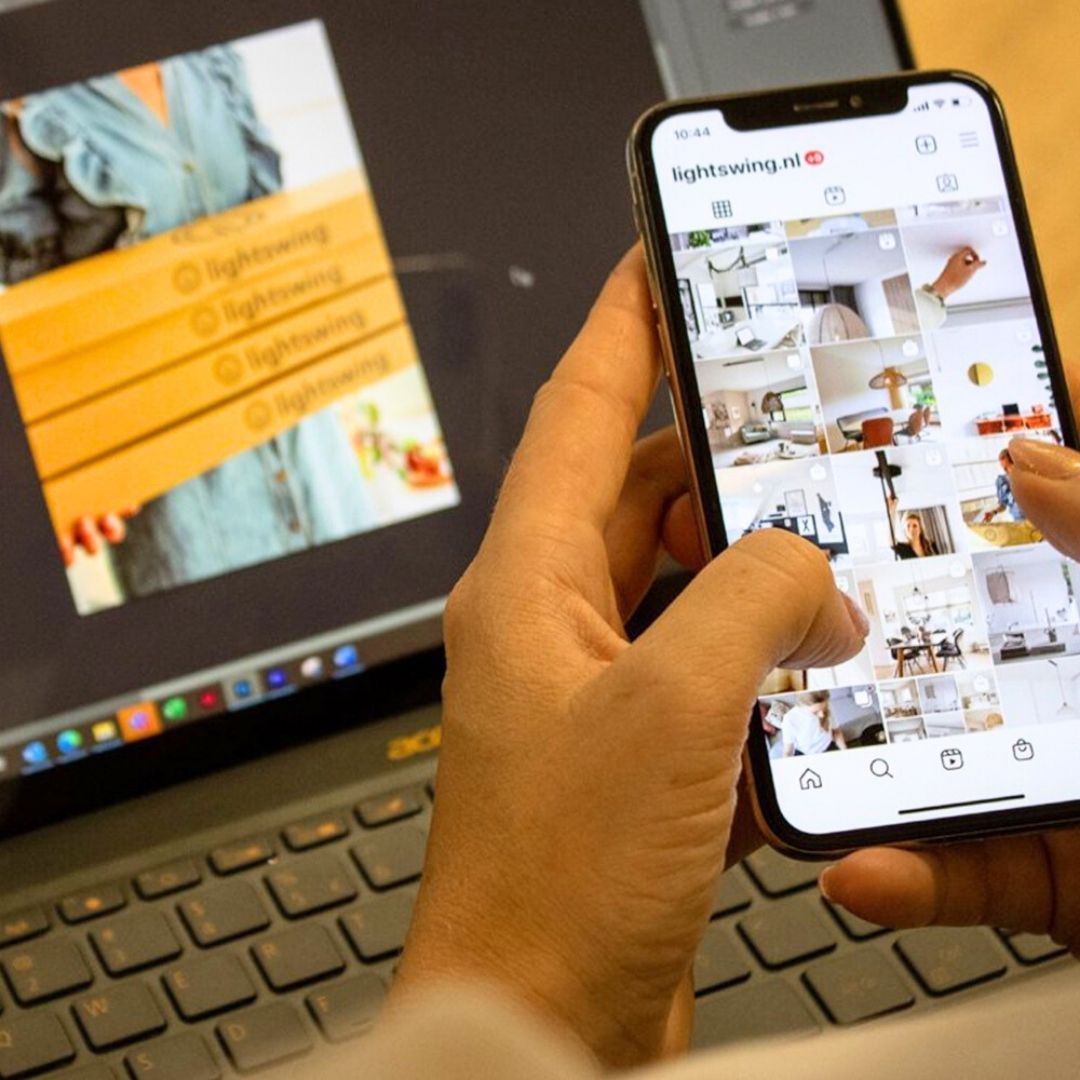
Ready to hang the Lightswing® at your home? Make sure you are well prepared and have the right tools at hand. We have listed everything you need below.
Want more handy how-to’s and bright installation tips? Get a monthly spark of inspiration and guidance from Lightswing®.
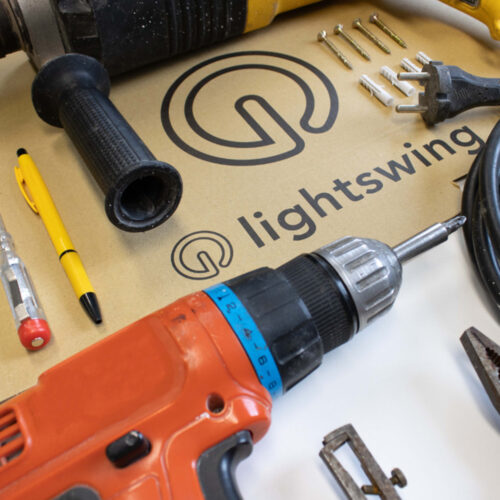
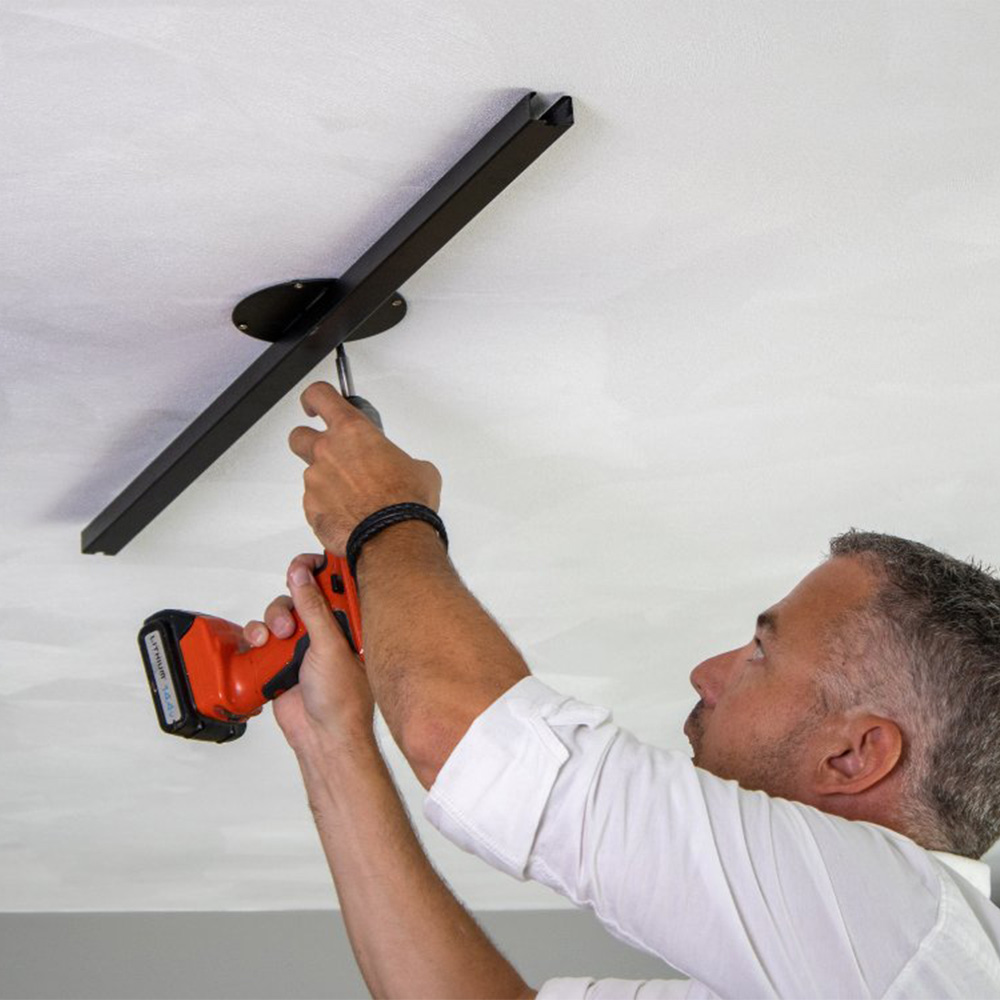
To attach the Lightswing® to your ceiling, it is useful when you already have the following tools ready:
The range of screws and plugs is enormous. When buying screws and plugs to mount the Lightswing® you should pay attention to a few things. The right choice depends first of all on your ceiling type. For a plaster ceiling you need different plugs than for a concrete ceiling so, match the right plugs well to your ceiling type.
Suitable screws for the Lightswing® must meet two things: the screw head must be flat with a maximum head width of 7 mm. In addition, it is important to match the screws to the plugs you use. Take a good look at the thickness and length of the screw.
Is half the battle! Have you gone through the manual, collected the right tools and bought screws and plugs? That’s great! You’re ready to attach the Lightswing® to your ceiling!
Ready to start your own project? Discover the Lightswing® collection and find the perfect match for your home today.